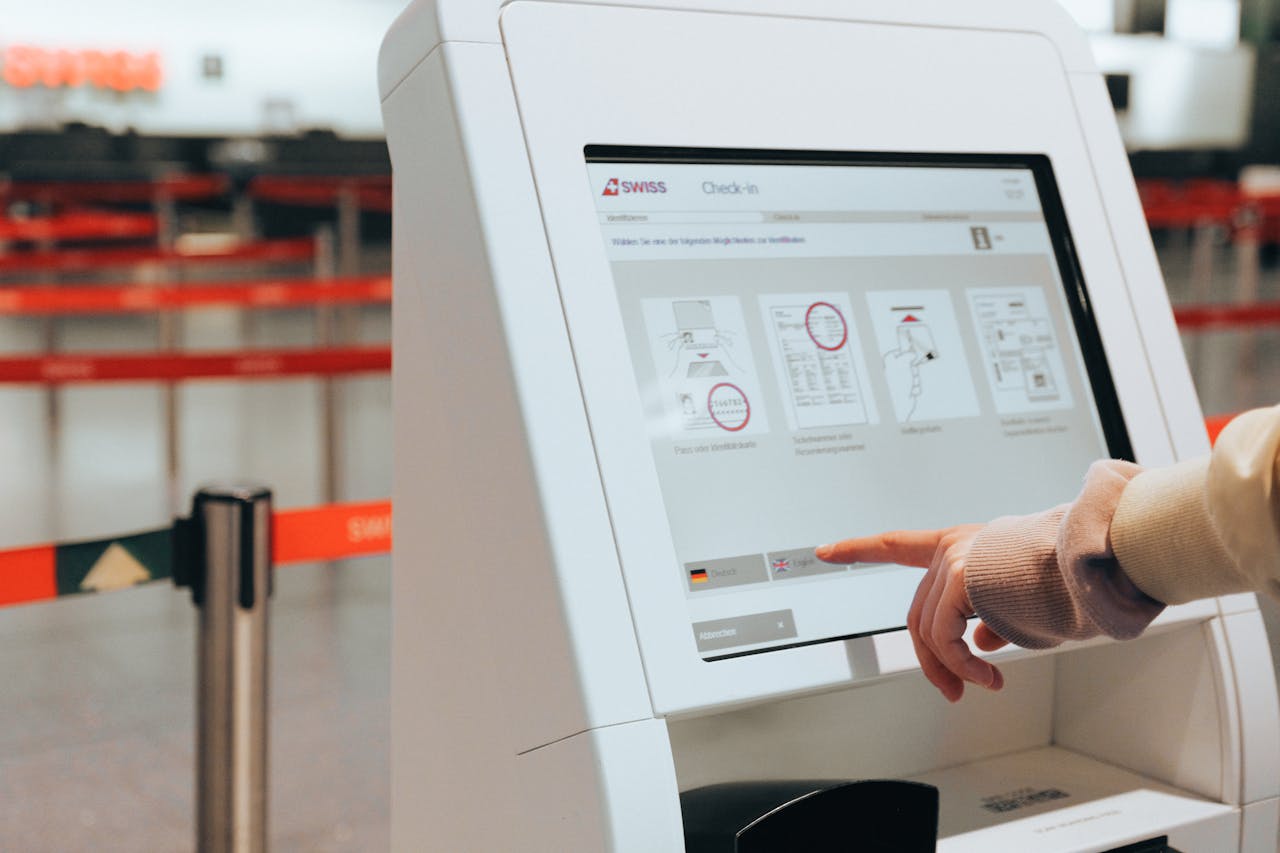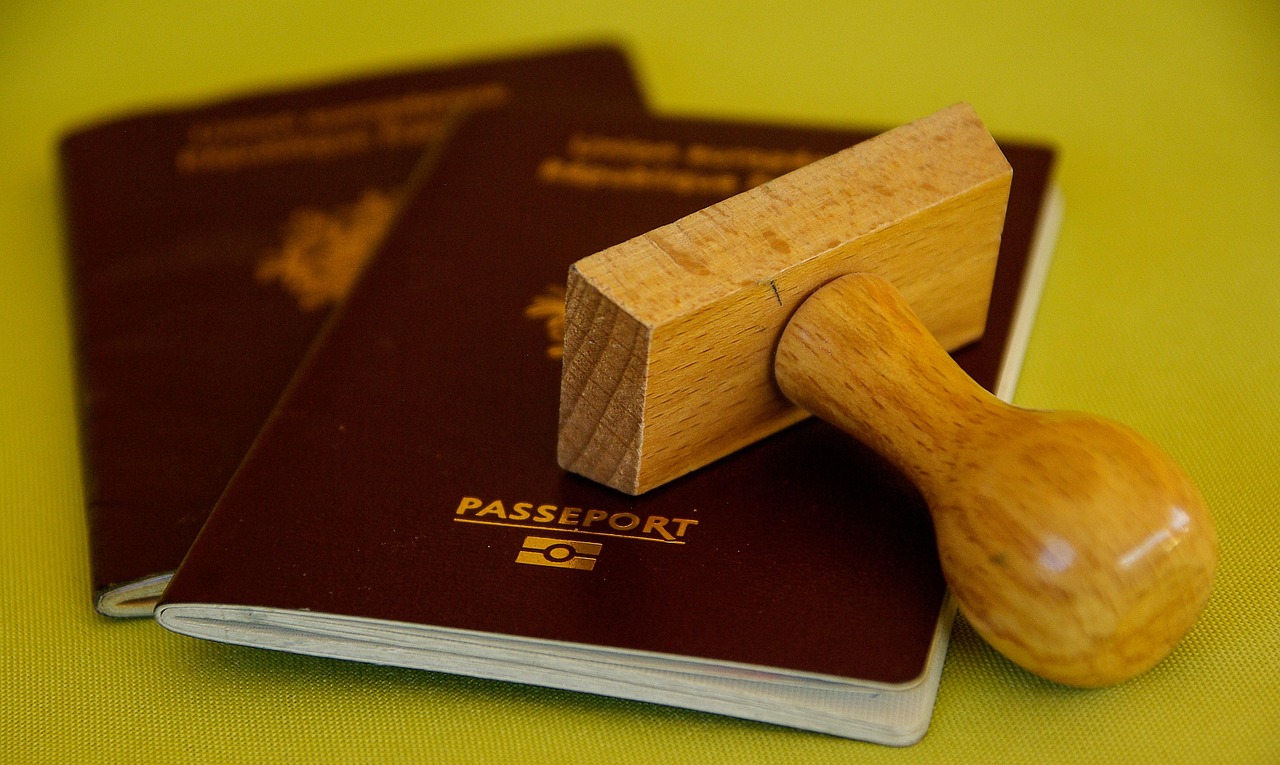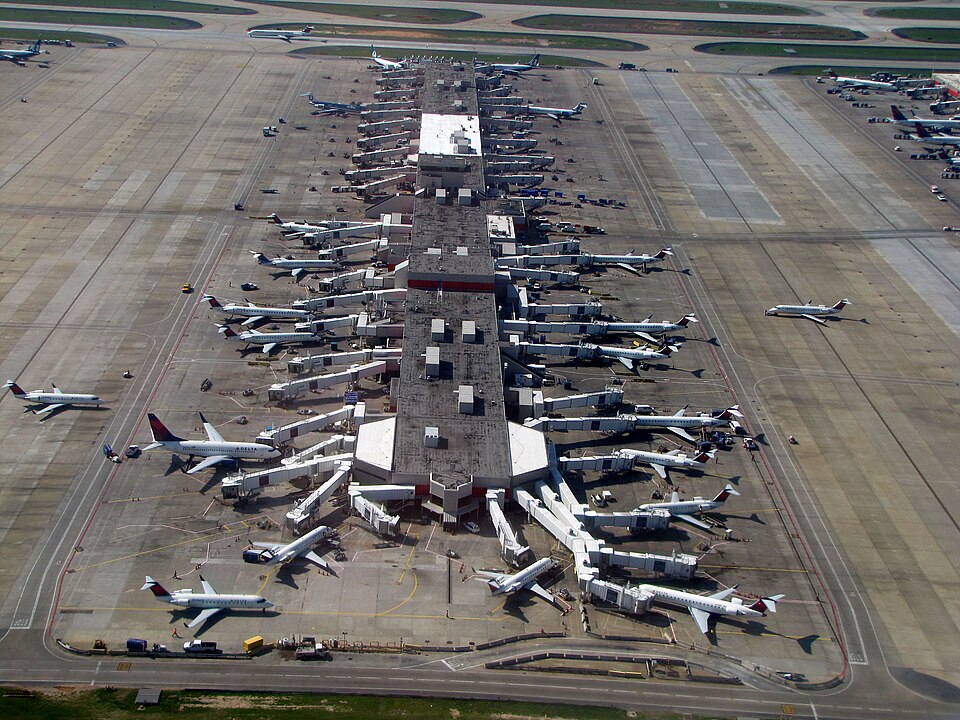A Europe trip in 2025 asks for sharper prep and calmer timing. Borders lean on biometrics, not ink. Some airports experiment with new scanners, while others keep the familiar plastic bag routine. The U.K. adds a quick digital check before boarding. Schengen grows, and day counts are audited by software, not memory. What this really means is simple: plan with intent, keep documents tidy, and build a small buffer. The reward remains the same cathedrals at dusk, café chatter, and long walks between old stones.
First-Time Biometric Capture Under EES

From Oct. 12, 2025, the EU’s Entry/Exit System records a traveler’s fingerprints, facial image, and passport details on first entry, replacing manual stamps with a digital file. Rollout is phased, with full adoption targeted for April 10, 2026. Expect kiosks, staffed lanes, and uneven queues at the start, followed by quicker crossings on return visits. Refusing biometrics leads to denied entry, so consent and clear documents matter.
ETIAS Is Not Required In 2025

Many headlines jumped the gun. The EU’s travel authorization, ETIAS, is scheduled to start in the last quarter of 2026, after EES settles in. For 2025 trips, visa-exempt Americans do not file ETIAS or pay a fee. Planning for 2026 should include time for the online form and a small payment, but spring and winter getaways in 2025 proceed under current visa-free rules.
U.K. ETA Is Mandatory Before Boarding

The United Kingdom now requires an Electronic Travel Authorisation for most short visits and many transits. The application is quick, costs £16, and must be approved before boarding. An ETA is not a visa and does not guarantee entry, but airlines will check for it. Rules are separate from EU systems, so a traveler visiting London and then Paris needs both the ETA and compliance with Schengen rules.
Passport Validity And Issue Date Checks

Airlines and border officers verify two points: the passport must have been issued within the last 10 years and remain valid at least three months beyond the planned Schengen departure. U.S. agencies advise six months of validity to avoid problems at check-in. Renewing early removes guesswork, especially for multi-country itineraries where rules are enforced uniformly by EES.
The 90 In 180 Rule Goes Digital

Short stays remain capped at up to 90 days in any rolling 180-day window across the Schengen area. With EES logging entries and exits, overstay calculations are automatic, consistent, and hard to dispute. Hopping between Schengen countries does not reset the allowance, and future entries can be questioned if past records show a traveler ran out the clock.
Kids’ Biometrics: No Fingerprints Under 12

Families catch a small break. Children under 12 are exempt from fingerprinting during EES enrollment, though face images and document checks still apply. That reduces time at the booth while keeping a digital record for repeat trips. Teens and adults provide both fingerprints and a facial image on first entry after launch.
Liquids At Security Still Vary By Airport

The familiar 100 ml limit largely remains in 2025, though some European airports with CT scanners have relaxed rules. Because adoption is uneven, travelers departing smaller terminals may still need the one-liter bag and small bottles, while a few upgraded hubs allow larger containers without removing items. When in doubt, pack to the strict standard to avoid repacking at the belt.
Proof Of Stay And Onward Plans

Border officers can ask for hotel confirmations or a host invitation that covers the visit, plus a return or onward ticket. The EES era does not remove these classic checks; it makes them more consistent. A clean digital trail bookings, a clear itinerary, and transport out of Schengen helps the line move and reduces follow-up questions.
Show Money When Asked

Entry rules still allow spot checks for sufficient means of subsistence. Evidence ranges from recent bank statements and credit cards to a formal sponsor letter, depending on national rules. Thresholds differ by country, and refusal is possible if funds appear unclear. Keeping recent statements handy, even digitally, smooths rare but important inspections.
Schengen Just Got Bigger

Romania and Bulgaria fully joined Schengen on Jan. 1, 2025. Internal land, air, and sea checks with the zone lifted, which makes overland journeys through the Balkans simpler once inside. The same stay limits, EES registration, and documentation rules apply across these new members, aligning them with the rest of Schengen.
Ports, Rails, And Juxtaposed Controls

EES arrives in stages at seaports, rail terminals, and juxtaposed controls such as Dover, Eurotunnel, and Eurostar in London, where EU checks occur before departure. Early months can bring queues as kiosks come online and flows are tuned. Coach and freight lanes often go first, with private cars and full passenger operations added later.
Airlines Will Police Documents Upfront

Carrier liability rules mean airlines deny boarding if a traveler lacks required authorizations or fails validity rules. In 2025, that screening tightens as systems reconcile identities and stay counts. Building extra time at check-in pays off, since staff may route travelers to document review or EES briefings before the desk prints a boarding pass.
Fewer Stamps, More Records

As EES scales, manual stamping fades and a durable electronic history replaces souvenir ink. The database helps spot overstays and identity fraud, and it standardizes checks on return visits. During the transition to April 10, 2026, some crossings still stamp passports while kiosks expand, so experiences will differ by airport, port, and rail terminal.


